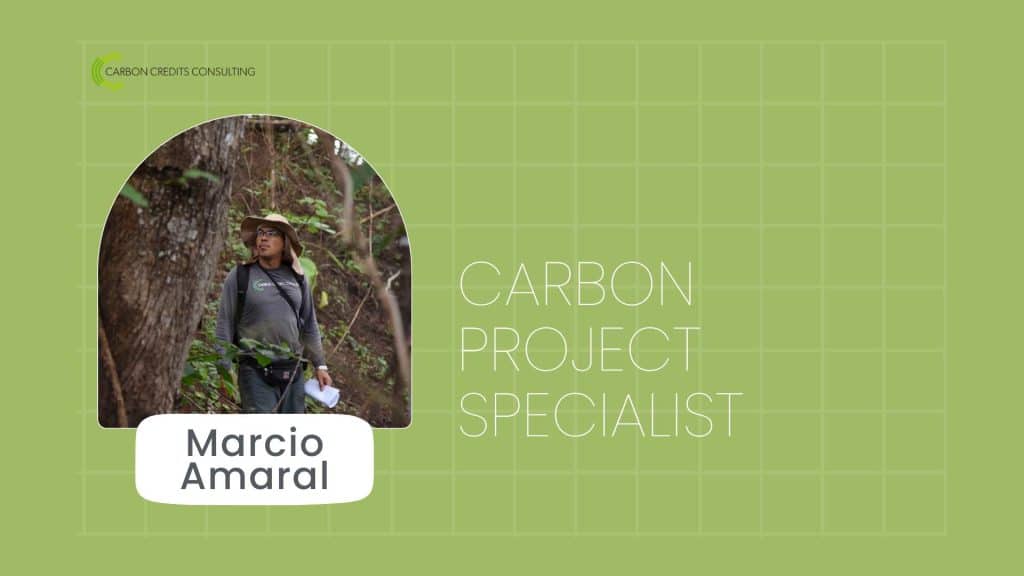Table of Contents
The EU Proposal for Regulation on Carbon Removal Certification (CRC) aims to expedite the path towards achieving Climate Neutrality by 2025 and accomplishing the ambitious objective of sequestering approximately 310 million tonnes of CO₂ in soils, forests, and wood production by 2030, as outlined in the LULUCF Regulation.
Why a EU Carbon Removal Certification Framework
In order to limit the global average temperature increase to below 1.5 degrees Celsius, deep reductions in global GHG emissions are necessary in the coming decades. This requires improving the efficiency of buildings, transportation, and industries, transitioning to a circular economy, and significantly expanding renewable energy.
Simultaneously, capturing and removing increasing amounts of carbon dioxide (CO₂) from the atmosphere through carbon farming and industrial removal activities are necessary to offset hard-to- abate emissions from challenging sectors like agriculture, cement, steel, aviation, and maritime transport, ultimately achieving climate neutrality.

The proposal
The voluntary EU-wide framework outlined in the regulation paves the way for certifying carbon removals generated within Europe, encompassing three key types of carbon removal activities:
- Permanent storage: This includes innovative approaches like Bioenergy with Carbon Capture & Storage (BECCS), ensuring long-term carbon storage and reduction of emissions.
- Carbon farming: Practices such as peatland restoration and soil carbon sequestration fall under this category.
- Carbon storage in products: Utilizing wood-based materials in construction contributes to carbon storage, creating sustainable and eco-friendly alternatives.
The CRC aims not only to increase carbon removals but also to generate valuable co-benefits. Carbon farming, for instance, boosts the income of farmers and land managers while enhancing biodiversity and nature preservation. Furthermore, these practices enhance the resilience of agricultural and forested lands, mitigating the risks posed by climate change.
Carbon Removal Requirements
It’s important to note that not all practices will qualify for generating carbon removal certificates for trading on the market. Meeting rigorous QU.A.L.ITY criteria regarding quantification, additionality, long-term storage, and sustainability is crucial alongside the use of precise certification methodologies. These criteria ensure that certified carbon removals adhere to the highest standards of transparency, accountability, and environmental impact.

In addition to the QU.A.L.ITY criteria, there are certain certification rules that must be followed to guarantee a high level of transparency and integrity throughout the process, ensuring complete honesty and reliability.
Third-party verification
Certification scheme
Public registries
There is a need for independent auditors to verify carbon removals, ensuring compliance. To simplify the process for smaller farmers and foresters, a provision is made for a collective verification approach called ‘group of operators.’
The enforcement and monitoring of compliance are carried out through certification schemes, which can be either public or private. These certification schemes must meet minimum standards of transparency and auditing, as recognized by the Commission.
To prevent the duplication of carbon removal units, they are registered in certification registries. Interoperability requirements are established to ensure seamless communication and compatibility among different carbon registries.
Next steps
Currently, the Commission proposal is now up for discussion by the European Parliament and the Council using the ordinary legislative procedure. To ensure high standards, the Commission, assisted by an Expert Group, will create customized certification methodologies for various carbon removal activities, guided by the QU.A.L.ITY criteria.
During this process, the Commission will continue to provide funding for on-the-ground carbon removal initiatives through various programs such as the Innovation Fund, the Common Agricultural Policy, the Regional Development Fund, the LIFE program, and the Horizon Europe program, including the Mission ‘A Soil Deal for Europe.’ This funding covers a range of projects including BECCS (Bioenergy with Carbon Capture and Storage) and DACCS (Direct Air Carbon Capture and Storage) among others.









